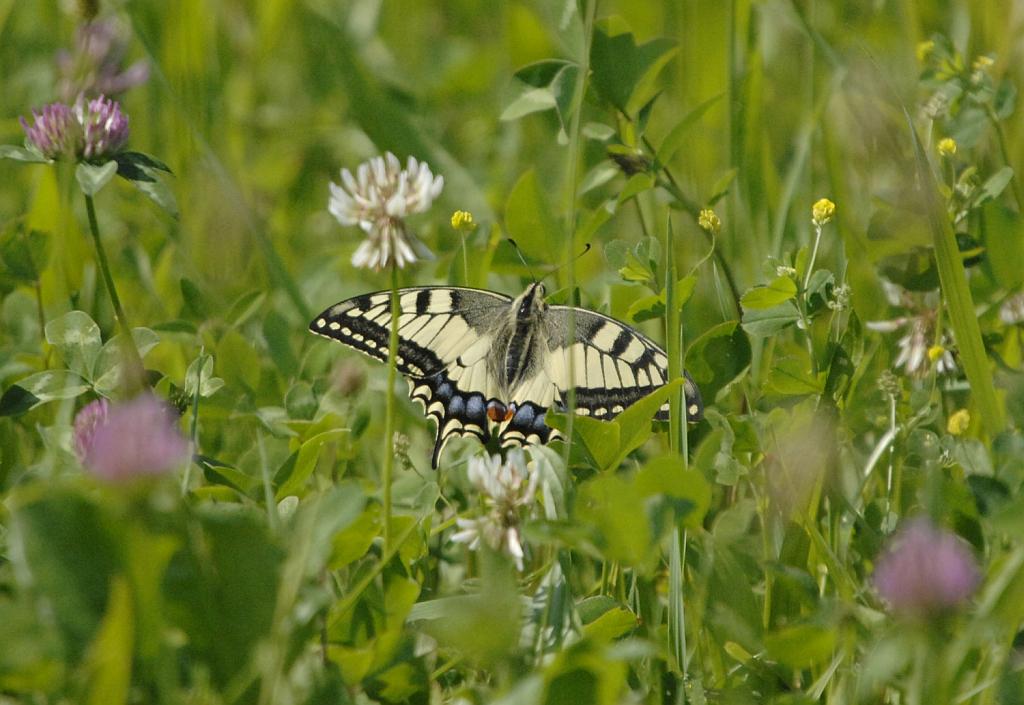
The valley of Topla in Slovenian Carinthia (Koroška) hosts a wide variety of life. Its meadows are the home of rare butterflies and flowers. Wild orchids are commonly seen here, including the rare Kamnik orchid, which is endemic to Slovenia. Higher up in the mountains, the Alpine snowbell adds a touch of blue to the scraggly peaks. The Topla Landscape park is also one of Slovenia’s largest habitats of the black grouse and the mountain hare. One area, the Burjak Marsh, even supports a wetland habitat.
Over the centuries, humans also left their mark on the valley. In the past, zinc and lead were mined in parts of the Topla Landscape Park, but farming has always had the most important role. Elsewhere in Slovenia, farms tend to be concentrated in villages, but here, homesteads are widely scattered throughout the hills, some at altitudes above 1000 meters. The homesteads appeared in the 16th century and many of them retain their original architecture.
Typically, the homesteads include a home, a barn, and several other structures. Some even have old smokehouses, where food was once prepared. The buildings are covered with vividly colored decorations and feature intricate woodwork. Most of their distinctive shingle roofs have been preserved to this day.
The valley was officially protected as the Topla Landscape Park in 1966. Its remote location has prevented it from becoming a major tourist destination, but its isolation has also helped to keep it safe from the ravages of the modern era.


































































